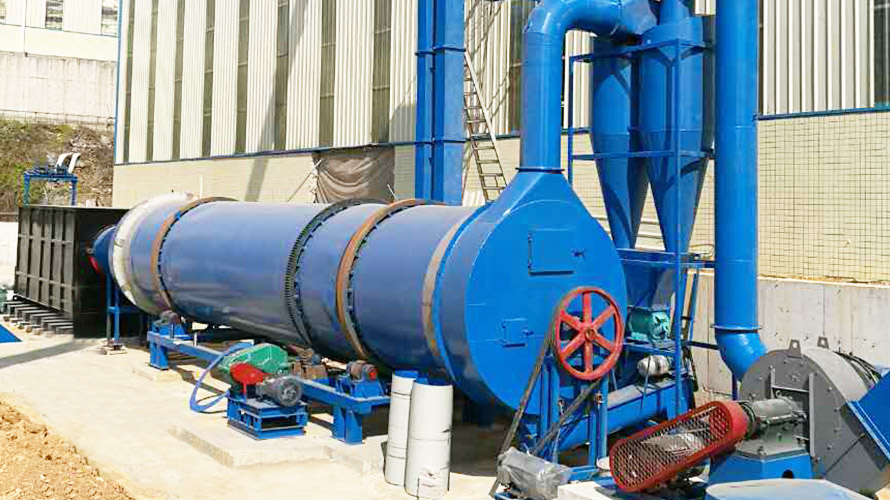 dingli@dlbio-dryer.com
+86 15981928623(Wechat/WhatsApp)
dingli@dlbio-dryer.com
+86 15981928623(Wechat/WhatsApp)
Organic fertilizer fermentation is the process of converting organic matter into fertilizer through microbial metabolism. The key links include the following aspects:
1. Raw material preparation: Select suitable organic matter as raw materials, such as animal manure, plant straw, waste food, etc. These raw materials should maintain sufficient humidity and carbon-nitrogen ratio so that microorganisms can metabolize.
2. Formula preparation: Formula preparation is carried out according to the different characteristics and requirements of the raw materials to achieve the best fermentation effect. This includes adjusting the carbon-nitrogen ratio, ensuring appropriate humidity, adding fermentation aids, etc.

3. Stacking fermentation: Stack the prepared raw materials in a container for fermentation. During the fermentation process, proper turning and ventilation are required to ensure oxygen supply and carbon dioxide emission during the fermentation process.
4. Temperature control: The temperature should be controlled during the fermentation process, generally around 55-65℃, to ensure the normal metabolism and activity of microorganisms.
5. Fermentation time: The fermentation time varies according to the type of raw materials and fermentation conditions, generally about 3-4 weeks. After the fermentation is completed, it can be screened, dried and other treatments to obtain finished organic fertilizer.
In short, organic fertilizer fermentation requires the conversion of organic matter into fertilizer through the metabolism of microorganisms under suitable conditions. The key links include raw material preparation, formula preparation, stacking fermentation, temperature control and fermentation time.